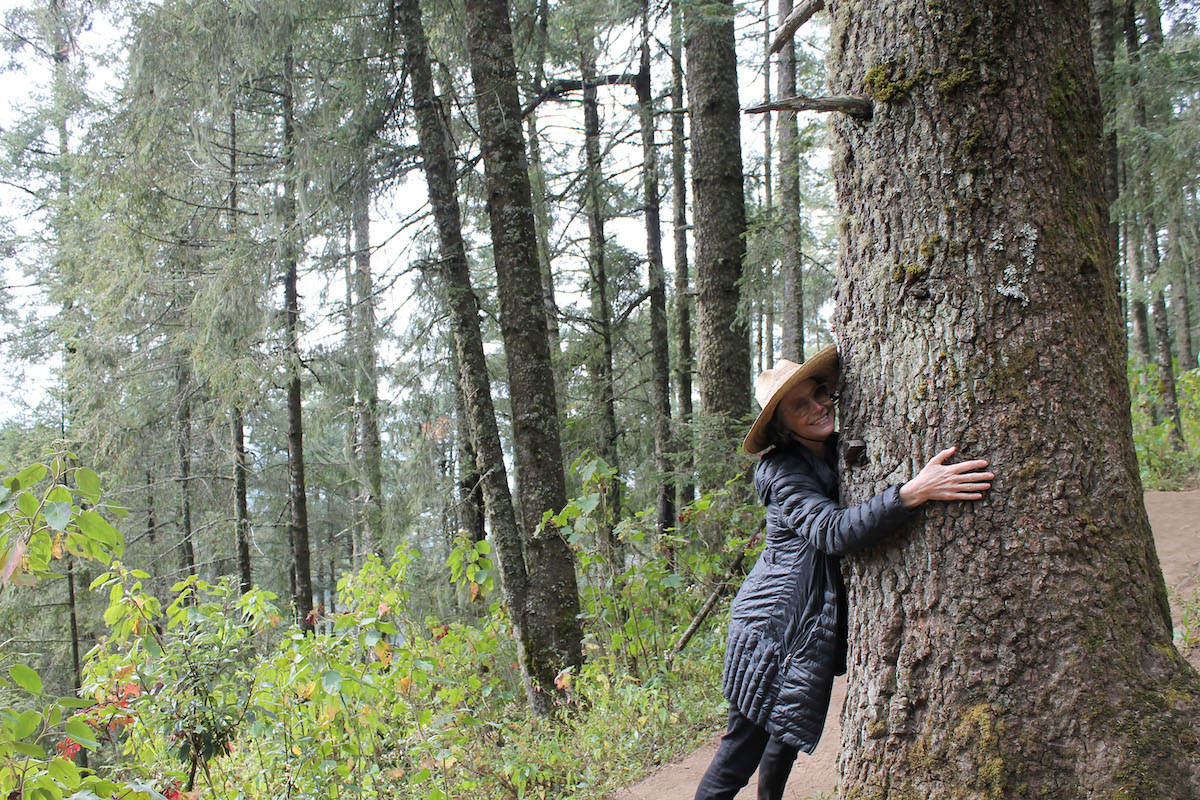Patricia Watts is the founder and curator of ecoartspace. She lives in Santa Fe, New Mexico, on the unceded land of the Tewa people.
ARTILLERY: What was the crucial purpose in founding ecoartspace?
PATRICIA WATTS: When I came up with the concept for ecoartspace in 1997, I envisioned it as a physical space where children and their families could learn about the principles of ecology through immersive environments created by artists. In its latest iteration since 2020, it functions as a global membership platform online where artists and scientists can learn about each other’s work, share resources and develop collaborations.
What are your outstanding accomplishments?
I’ve focused on art and ecology since 1992, almost 30 years. I’ve worked with hundreds of artists, mainly in California, and have assembled over 30 art and nature exhibitions. I’ve conducted video interviews with 30 pioneering ecological artists. There are not many curators that have had this focus for so long.
How do you gauge the efficacy of art that promotes ecological awareness/change? Is it functioning within its own silo or reaching mainstream culture? How do you know when it’s having its intended effect?
A majority of eco-artists are painters, sculptors and video artists. Their work is accessible for collectors, although galleries do not typically represent community arts practitioners or artists whose work is researched-based, collaborating with scientists. These artists, who are usually situated in the public sphere, have to seek support from foundations. I believe the full range of art-making practices keeps the conversation alive.
An art world focused on careerism and commodification, [and]environmentalism centered on activism and communal goals can be opposed in their aims. What kind of balance is necessary between environmental ethics, aesthetics and personal achievement?
Artists need to make a living, and art dealers connected with collectors can educate about artists concerned about the natural world. What would it take for artists and dealers to turn collectors away from work that has nothing to do with the reality we are facing today, to support art that makes a statement about the impacts humans have on the landscape? We need to be bold, stand up to those with disposable income to encourage an eco-consciousness.
What are the critical dialogue(s) that eco-artists need to address today?
We’ve gone beyond warning people about climate change—that it’s coming. It’s here, and people know it. If they are still in denial, they’re belligerent because they don’t want to change their habits or be responsible financially. Many eco-artists have followed the
research for 20 to 30 years now and know that behavioral changes are imperative for our survival. While government leaders try to address climate politically, the real solutions are on the ground, regenerating soils, protecting forests and oceans—more in the realm of activism. However, traditional artists can help create more activists, which is desperately needed.
What does the future of ecological-based art depend on?
It depends on people with money who care about the natural world, who are willing to invest in programs that will rebuild our soils, support creative people who can imagine and make a real future where we do not depend on fossil fuels. We need innovative thinkers who can see the potential for artists, divergent thinkers, to play a role in this transition to a livable future.


